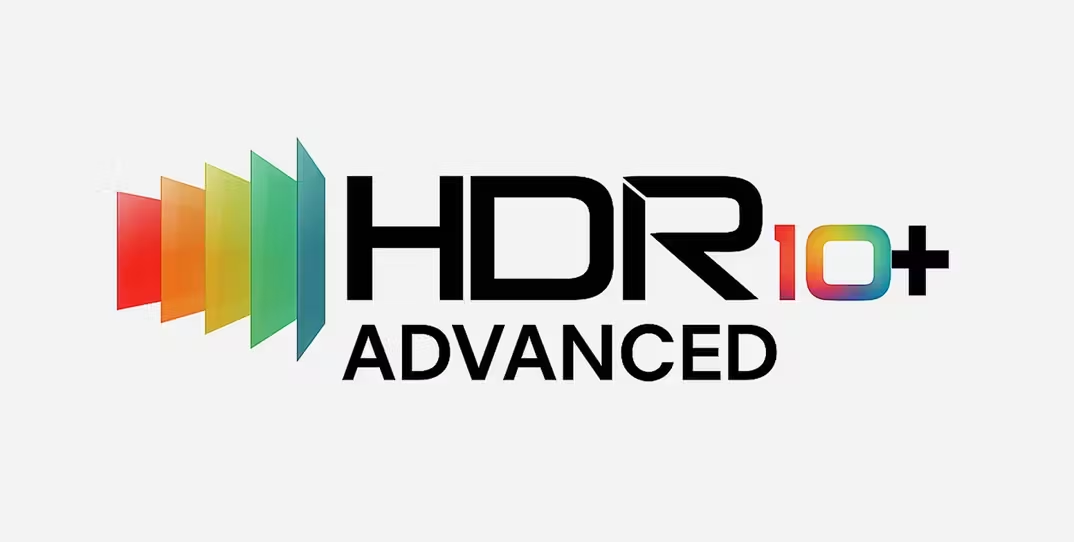Samsung has officially revealed HDR10+ Advanced, its next-generation high dynamic range format designed to compete directly with Dolby Vision 2. The new standard, first reported by Forbes, represents Samsung’s biggest leap in display technology since the original HDR10+ launched in 2017. It introduces six major upgrades that enhance brightness, color handling, and tone mapping for both streaming content and gaming. The company is expected to debut the technology at CES 2026 alongside its new premium TV lineup.
While Dolby Vision 2 focuses on adaptive AI processing and deep dynamic metadata, Samsung’s HDR10+ Advanced emphasizes real-time responsiveness across different types of displays and content. Each enhancement builds on years of feedback from filmmakers, gamers, and engineers to close the gap between digital video and how the human eye perceives light.
Here is a breakdown of the 6 key features in HDR10+ Advanced:
HDR10+ Bright
This mode targets TVs capable of reaching up to 5,000 nits of peak brightness. Rather than clipping highlights like older HDR standards, HDR10+ Bright uses refined tone-mapping data to maintain detail in scenes with intense light. Bright reflections, sunlight, and explosions look more natural while still preserving shadow contrast.
HDR10+ Genre
Genre mode automatically detects the type of content being played—film, sports, animation, or gaming—and adjusts the HDR metadata to fit. Sports broadcasts get extra motion clarity, cinematic content gains deeper contrast, and animated titles retain smooth gradation and color balance.
HDR10+ Intelligent FRC (Frame Rate Conversion)
This new processing tool creates smoother transitions in motion-heavy scenes. It analyzes HDR metadata frame-by-frame and only applies motion interpolation when needed, reducing blur without introducing artificial “soap opera” effects. It’s designed to benefit both streaming and high-frame-rate gaming.
HDR10+ Intelligent Gaming
Developed for console and cloud platforms, this feature adapts HDR brightness and tone-mapping in real time based on gameplay conditions. It also considers ambient lighting to ensure visibility without oversaturation. Gamers can expect lower latency and more consistent color performance without having to tweak display settings manually.
HDR10+ Local Tone-Mapping
Samsung’s Local Tone-Mapping improves control across Mini-LED and QD-OLED displays by regulating backlight zones with higher precision. The technology eliminates haloing effects and enhances local contrast in dark scenes, producing richer blacks without sacrificing brightness in highlights.
Advanced Color Control
This enhancement allows per-pixel management of chroma and luminance, improving the accuracy of gradients and mixed-light environments. Subtle transitions, such as skin tones or sunset lighting, appear smoother and more lifelike.
Amazon Prime Video will be the first major streaming service to support HDR10+ Advanced starting in early 2026. Samsung confirmed that the new format will remain royalty-free, ensuring it can be adopted widely by hardware makers and content producers.
HDR10+ Advanced reflects Samsung’s ongoing effort to advance open HDR standards and reduce reliance on proprietary ecosystems. With its combination of brightness, precision, and adaptability, the new format signals how the next generation of televisions will push beyond static HDR performance to achieve more true-to-life picture quality.





